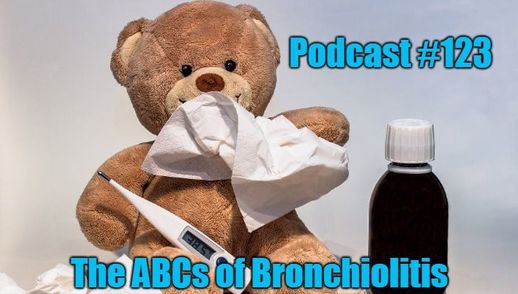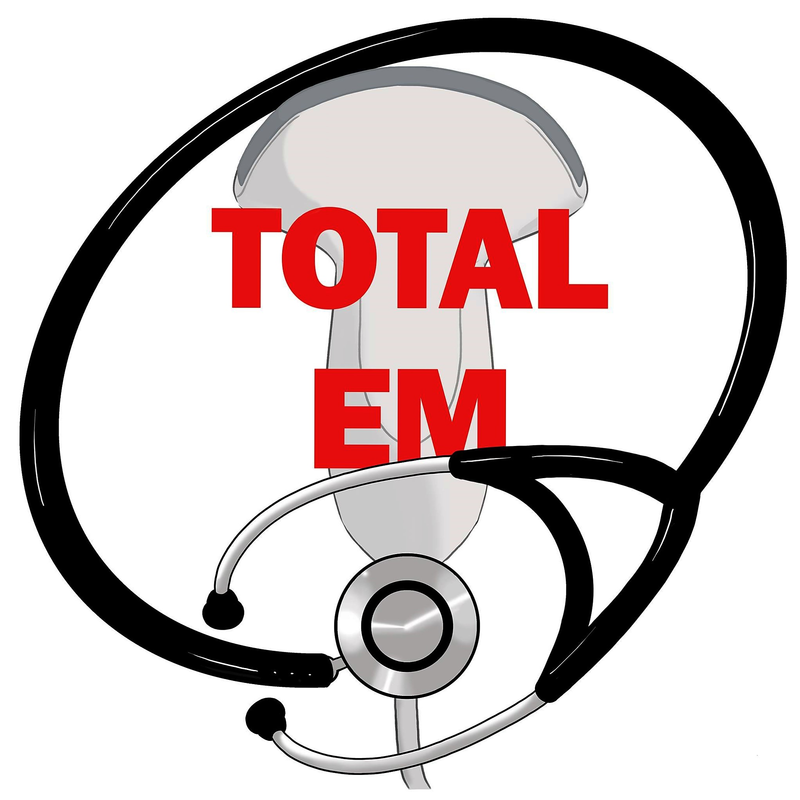|
Acute bronchiolitis is another condition that will start showing more this time of year. In some parts of the country, it is already being diagnosed. It is important to know the current recommendations for this common and potentially dangerous condition.
Like many respiratory conditions, bronchiolitis is a spectrum. It is the most common lower respiratory tract infection affecting the first year of life. Along with some recent literature, we will review key components of the NICE and AAP guidelines regarding bronchiolitis.
Diagnosis: The diagnosis of bronchiolitis is clinical. This usually consists of rhinorrhea, cough, tachypnea, retractions, wheezing, grunting, and nasal flaring. In the very young (often under six weeks), the only symptom may be apnea. Concerning Findings: A recent study has tried to help identify which of these variables would be high risk. To help simply the key variable, JournalFeed developed a mnemonic (SCARY):
Treatment: In general, treatment is supportive like the measures above. Both NICE and AAP have outlined certain treatments that should NOT be used:
Discharge: Patients that are improving without the SCARY findings and not requiring escalation of care should be able to be discharged home. Consider social circumstances, skill and confidence of caregivers, and distance to an appropriate facility should there be deterioration. Additionally, patients should have the following prior to discharge:
Let us know what you think by giving us feedback here in the comments section or contacting us on Twitter or Facebook. Remember to look us up on Libsyn and on iTunes. If you have any questions you can also comment below, email at [email protected], or send a message from the page. We hope to talk to everyone again soon. Until then, continue to provide total care everywhere.
0 Comments
Leave a Reply. |
Libsyn and iTunesWe are now on Libsyn and iTunes for your listening pleasure! Archives
August 2022
Categories |
||||||


 RSS Feed
RSS Feed